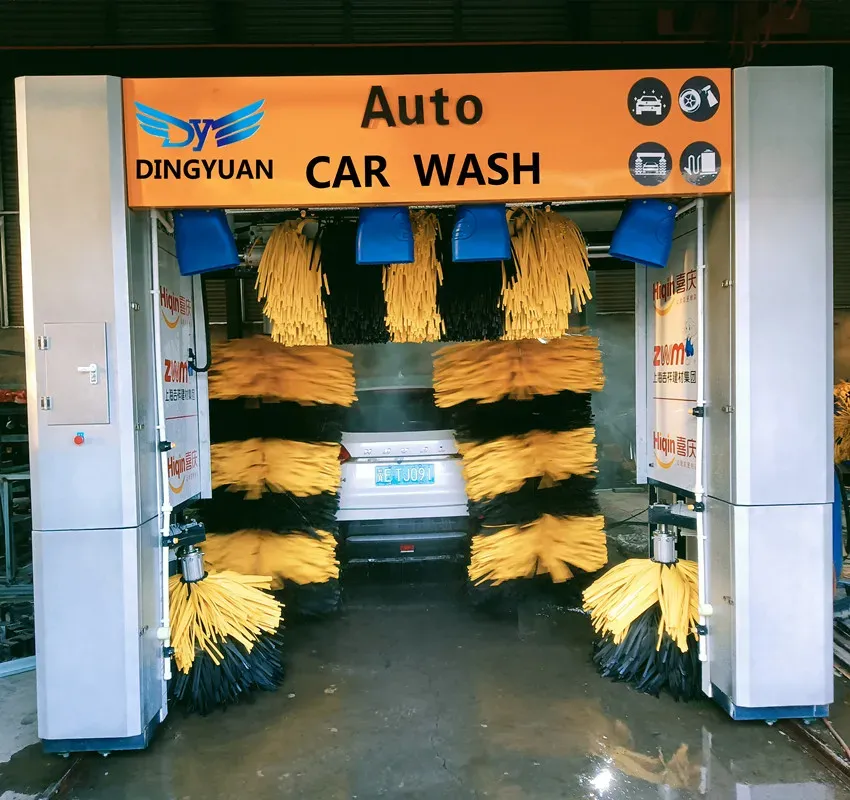
- Afrikaans
- Albanian
- Amharic
- Arabic
- Armenian
- Azerbaijani
- Basque
- Belarusian
- Bengali
- Bosnian
- Bulgarian
- Catalan
- Cebuano
- Corsican
- Croatian
- Czech
- Danish
- Dutch
- English
- Esperanto
- Estonian
- Finnish
- French
- Frisian
- Galician
- Georgian
- German
- Greek
- Gujarati
- Haitian Creole
- hausa
- hawaiian
- Hebrew
- Hindi
- Miao
- Hungarian
- Icelandic
- igbo
- Indonesian
- irish
- Italian
- Japanese
- Javanese
- Kannada
- kazakh
- Khmer
- Rwandese
- Korean
- Kurdish
- Kyrgyz
- Lao
- Latin
- Latvian
- Lithuanian
- Luxembourgish
- Macedonian
- Malgashi
- Malay
- Malayalam
- Maltese
- Maori
- Marathi
- Mongolian
- Myanmar
- Nepali
- Norwegian
- Norwegian
- Occitan
- Pashto
- Persian
- Polish
- Portuguese
- Punjabi
- Romanian
- Russian
- Samoan
- Scottish Gaelic
- Serbian
- Sesotho
- Shona
- Sindhi
- Sinhala
- Slovak
- Slovenian
- Somali
- Spanish
- Sundanese
- Swahili
- Swedish
- Tagalog
- Tajik
- Tamil
- Tatar
- Telugu
- Thai
- Turkish
- Turkmen
- Ukrainian
- Urdu
- Uighur
- Uzbek
- Vietnamese
- Welsh
- Bantu
- Yiddish
- Yoruba
Designing an Efficient Car Wash Tunnel Layout for Optimal Vehicle Cleaning
The Ultimate Guide to Car Wash Tunnel Layouts
When it comes to maintaining the pristine condition of our vehicles, car washes play a crucial role. Among the various types of car wash systems, tunnel car washes stand out for their efficiency and effective cleaning capabilities. By understanding the layout of a car wash tunnel, operators can optimize their space and workflow, ensuring customer satisfaction and increased revenue. In this article, we will explore the key elements of an effective car wash tunnel layout, highlighting its importance in the car washing process.
1. Designing the Entrance Area
The entrance of a car wash tunnel is the first point of contact for customers. A well-designed entrance not only enhances the customer experience but also sets the tone for the car wash service. It should be wide enough to accommodate various vehicle sizes and feature clear signage to guide drivers. Ideally, the entrance should have a clear path for vehicles to enter, minimizing confusion and potential accidents. Automated systems, such as tire guides, can help direct vehicles smoothly into the tunnel.
2. Washing Zones The Heart of the Tunnel
Once the vehicle enters the tunnel, it is essential to have distinct washing zones meticulously laid out for different processes. The sequence of these zones can significantly impact efficiency. A typical car wash tunnel may include several key areas
- Pre-Wash Zone This area often features high-pressure washers to remove loose dirt and grime. It prepares the vehicle for a more thorough cleaning. - Foam Application After the pre-wash, foam cannons apply a rich layer of detergent to the vehicle. This zone should be designed to ensure even coverage, which enhances the cleaning process.
- Main Wash Area This is where the brushes or cloths come into play. The layout should allow for maximum vehicle exposure to scrubbing mechanisms, ensuring every surface receives attention. The configuration and choice of brushes—whether soft or abrasive—should be carefully considered to prevent damage to the vehicle’s finish.
- Rinse Zone A well-planned rinse zone, equipped with high-pressure nozzles, is critical to removing soap and dirt effectively. Having overhead and side-mounted nozzles can ensure that every inch of the vehicle is rinsed thoroughly.
car wash tunnel layout

- Drying Area The final stage of the wash process is the drying area. High-velocity dryers or soft cloth drying systems should be strategically placed to prevent water spots and streaks.
3. Efficient Water and Chemical Management
An efficient car wash tunnel layout also incorporates modern water reclamation and chemical management systems. Water recycling systems can minimize waste and reduce operational costs, while precise chemical dispensing systems ensure that the right amount of cleaning agents is used at every stage of the wash process. Operators should design the layout to facilitate easy access to these systems for maintenance and checks.
4. Payment and Exit Systems
After the washing process, a seamless transition to payment and exit is essential for a smooth customer experience. Utilizing automated payment systems can reduce bottlenecks at the exit, allowing vehicles to leave without delay. Clear exit signage and an organized layout help guide vehicles out of the facility. Furthermore, an exit area where customers can inspect their vehicles briefly can increase satisfaction, as it allows them to appreciate the thorough cleaning they just received.
5. Integrating Technology and Marketing
In today’s digital age, integrating technology into the car wash tunnel layout can enhance customer engagement. Digital screens displaying promotional offers, wash packages, or even the wash process in real-time can provide an interactive experience. Moreover, incorporating customer feedback stations can help operators understand customer needs and continuously improve services.
Conclusion
A well-thought-out car wash tunnel layout is a blend of design, technology, and customer experience. By focusing on efficient workflow, vehicle management, and customer satisfaction, operators can create a seamless car wash experience that not only cleans vehicles effectively but also encourages repeat business. As the car wash industry evolves, staying abreast of trends and technological advancements will be vital for operators seeking to optimize their tunnel layouts and boost their bottom line. Investing time and resources into planning the layout can ultimately lead to increased efficiency, customer loyalty, and profitability.
-
Integrating Aqua Tunnel Car Wash in Shopping CentersNewsJun.24,2025
-
Gas Station with an Auto Car Wash MachineNewsJun.24,2025
-
Efficiency in Your Aqua Tunnel Car Wash: Power & Water-SavingNewsJun.24,2025
-
Car Wash Business with Advanced Auto Car Cleaning MachinesNewsJun.24,2025
-
Balancing Setup Costs with Aqua Tunnel Car WashNewsJun.24,2025
-
Aqua Tunnel Car Wash: Eco-Design for the Energy-Savvy EntrepreneurNewsJun.24,2025



